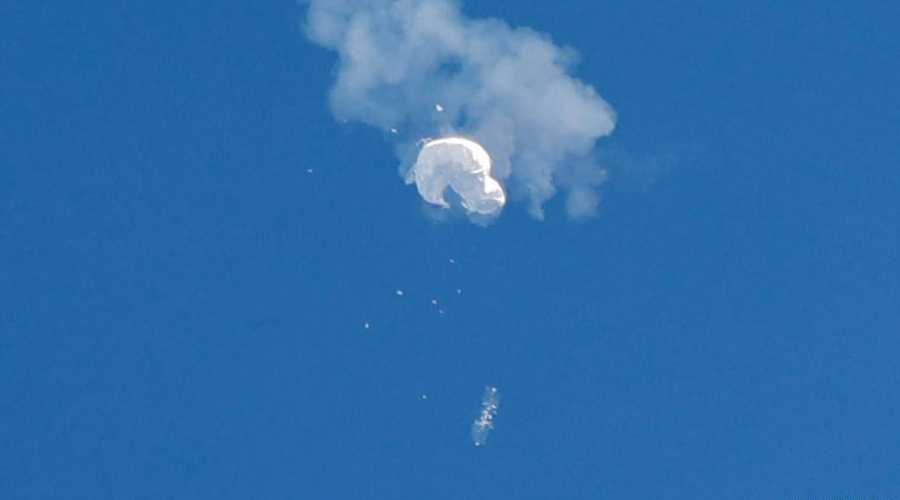The United States of America and China, rivals for global supremacy, have a new arena of competition: balloons. The US shot down a giant Chinese balloon over the Atlantic Ocean after it had flown over large parts of the country, accusing it of spying. China has insisted that the balloon was deployed only for weather monitoring and had strayed off course because of strong winds. Beijing has criticised Washington’s response as an overreaction, even as the US secretary of state, Antony Blinken, has postponed a critical visit to China aimed at calming tense ties between the world’s two largest economies. Many facets of the episode remain unclear: was it actually a spy balloon? Was the balloon intended to sabotage efforts at diplomacy? Yet one thing is evident: the incident reflects the growing role of surveillance technology in international relations, with mounting investments in new tools and the increased use of seemingly innocuous objects for spying. If WikiLeaks disclosed how the US National Security Agency had listened in on phone conversations even of allies like the then German chancellor, Angela Merkel, more recent revelations have alleged that multiple governments — including India — have purchased sophisticated Israeli spyware to snoop on people.
To be sure, spycraft is as old as civilisation itself, used both for domestic political gains and in international relations. Yet, while more oldschool techniques, including sending agents to infiltrate targets of espionage, are still in practice, modern technology is transforming the field. With the private sector increasingly at the forefront of developing new technology and armies of talented hackers willing to work as hired guns, espionage has evolved from a theatre once almost entirely dominated by governments to a more chaotic space. The global surveillance technology industry is ballooning, from around $80 billion in 2020 to $130 billion in 2022, and is projected to be worth $213 billion by 2026. This has direct consequences for privacy, both physical and online. From companies looking to track customers’ spending patterns to governments homing in on their views and expressions, there are few boundaries that have not been breached. That leaves individuals increasingly vulnerable to abuse, especially as spying becomes innovative: Norway accused Russia of using beluga whales to spy on its coastline in 2019. As the great power rivalry between the US and China intensifies, so will their competing surveillance technology, hidden from most of the world. Until its cover is blown — or the balloon is burst.











